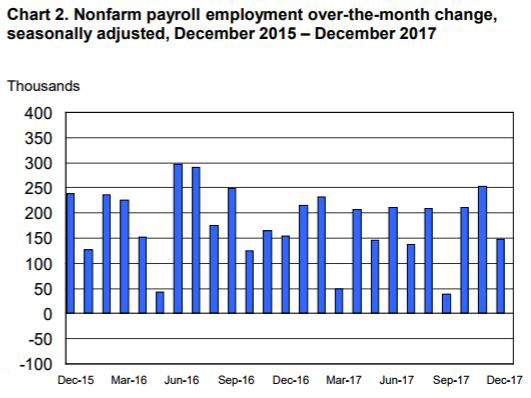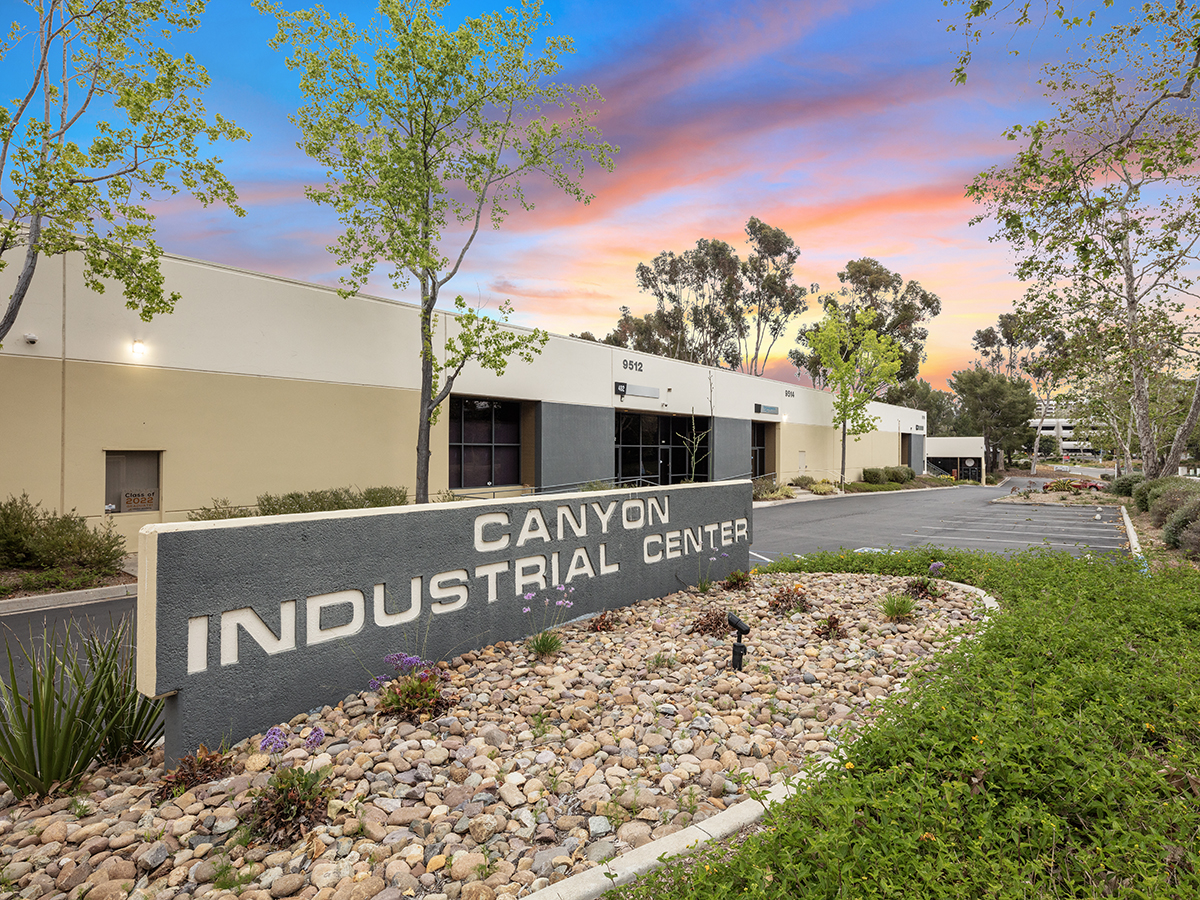Economy Watch: Hiring Less Robust in December
Despite lower overall job creation, employment gains occurred in industries that support real estate space absorption, such as health care, construction and manufacturing.
By D.C. Stribling, Contributing Editor
The U.S. economy created a net of 148,000 new jobs in December, down from a gain of 252,000 in November and 211,000 in October, the Bureau of Labor Statistics reported Jan. 5. In all of 2017, payroll employment growth totaled 2.1 million, compared with a gain of 2.2 million in 2016.
Employment gains occurred in a few sectors, which will eventually push up demand for certain types of real estate. For instance, employment in health care increased by 31,000 in December, and added 300,000 jobs in all of 2017, compared with a gain of 379,000 jobs in 2016. Ambulatory health care centers, which often take former retail space, did most of the hiring.
In December, manufacturing employment rose by 25,000, largely reflecting a gain in durable goods industries (up 21,000), which may eventually be reflected in higher demand for industrial space. Manufacturing added 196,000 jobs in all of 2017, following a slight decline in 2016 of 16,000.
Gains and losses
As commercial and residential development remain healthy, demand for construction workers has been increasing. Employment in construction gained 30,000 in December, with most of the increase among specialty trade contractors (up 24,000). In all of 2017, construction employment increased by 210,000, compared with a gain of 155,000 in 2016.
The retail industry shed jobs not only for the month, but for the year (the BLS adjusts its numbers to account for the temporary spike in retail employment at the end of the year). According to the adjusted numbers, employment in retail trade was down 20,000 in December, and down in all of 2017 by 67,000, after increasing by 203,000 in 2016.
The headline U.S. unemployment rate, the bureau said, was unchanged at 4.1 percent. The more expansive U-6 definition of unemployment, which includes people only marginally attached to the workforce, edged up from 8 percent in November to 8.1 percent in December. A year ago, the U-6 was 9.1 percent.








You must be logged in to post a comment.